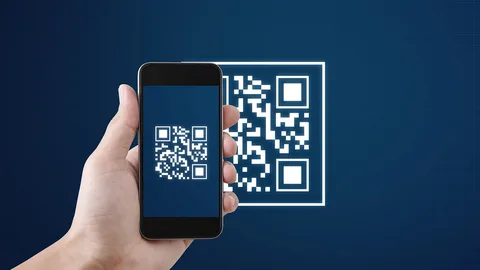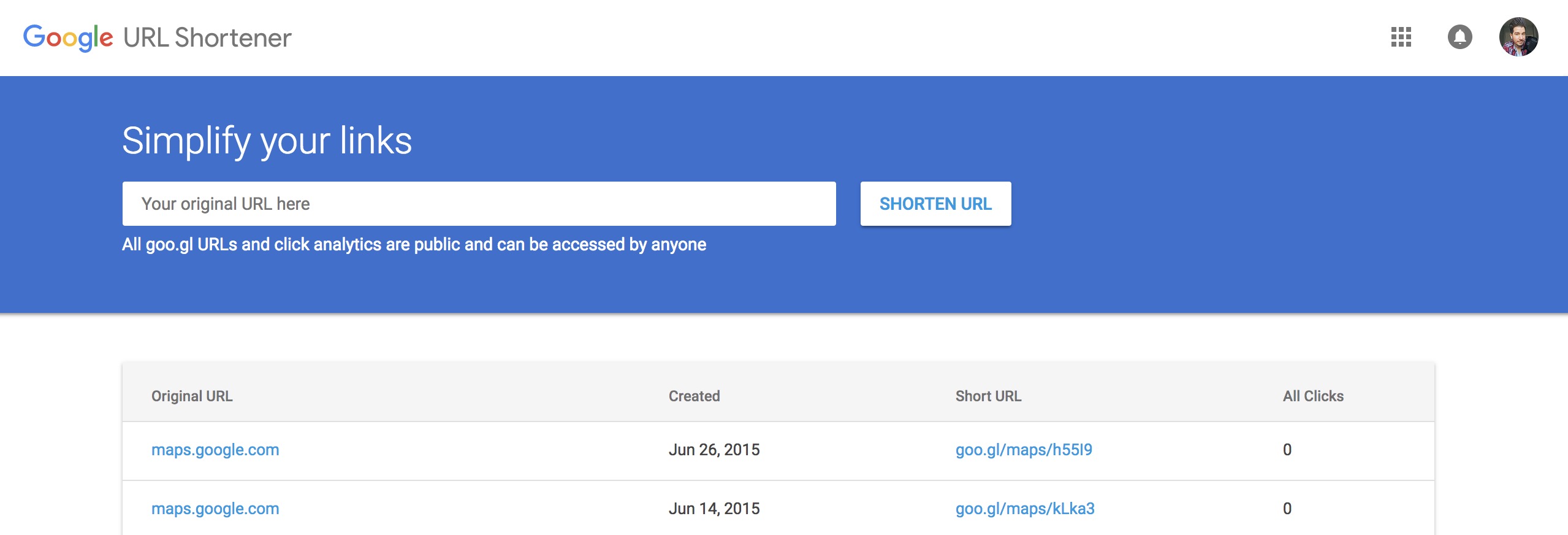Introduction: The Rise of QR Codes
In today’s digital age, Quick Response (QR) codes have emerged as versatile tools, revolutionizing the way we interact with information. Originally developed in Japan in the 1990s, QR codes have witnessed a resurgence in popularity, thanks to their ability to store a wealth of data in a compact, easily scannable format. From marketing campaigns to contactless payments, QR codes have found applications in diverse fields, promising convenience, efficiency, and enhanced user engagement.
Understanding QR Codes: How Do They Work?
At its core, a QR code is a two-dimensional barcode capable of storing various types of data, such as URLs, text, and contact information. Unlike traditional barcodes, which can only store limited numerical data, QR codes can hold up to several hundred times more information. This is achieved through a matrix of black squares arranged on a white background, which can be scanned and decoded by compatible devices, such as smartphones equipped with QR code reader apps. The scanning process involves capturing the QR code image, decoding the embedded information, and executing the corresponding action, whether it’s opening a website, displaying text, or adding a contact to the address book.
The Versatility of QR Codes: Applications Across Industries
The adaptability of QR codes transcends industry boundaries, making them indispensable tools for businesses, organizations, and individuals alike. In the realm of marketing and advertising, QR codes serve as interactive gateways, allowing consumers to access additional content, promotions, or product information with a simple scan. Retailers leverage QR codes for seamless checkout experiences, enabling customers to make payments or retrieve discounts without physical contact. Moreover, QR codes facilitate efficient inventory management, asset tracking, and authentication processes in sectors ranging from healthcare to manufacturing. In education, QR codes enhance learning experiences by providing instant access to supplementary materials, quizzes, or instructional videos.
Creating QR Codes: Tools and Best Practices
While the concept of QR codes may seem complex, generating them is remarkably straightforward, thanks to a myriad of online tools and software solutions. One of the most popular options is QR code generators, which allow users to create custom QR codes tailored to their specific needs. These platforms typically offer a range of customization options, including size, color, and design elements, enabling users to align the QR code with their branding guidelines. When generating QR codes, it’s essential to prioritize readability and scanability by ensuring an adequate contrast between the code and its background, avoiding distortion or blurring, and testing the code across different devices and scanning apps to verify functionality.
Conclusion: Embracing the Future of Digital Interaction
As we navigate an increasingly digitized landscape, QR codes continue to play a pivotal role in shaping the way we engage with information and technology. From streamlining processes to enhancing user experiences, the versatility and convenience of QR codes make them indispensable assets in various domains. By understanding the fundamentals of QR code technology, exploring its diverse applications, and leveraging best practices in QR code creation, individuals and organizations can harness the full potential of this ubiquitous tool. As we embrace the future of digital interaction, QR codes stand poised to drive innovation, efficiency, and connectivity in a rapidly evolving world.make qr code


